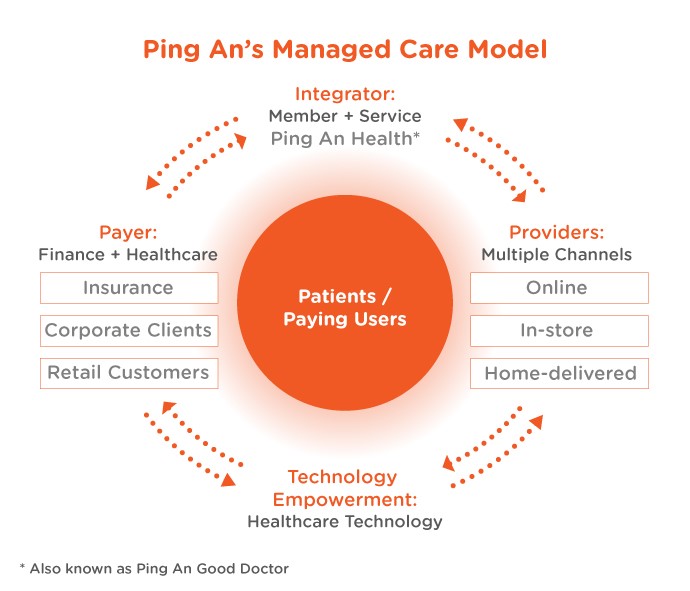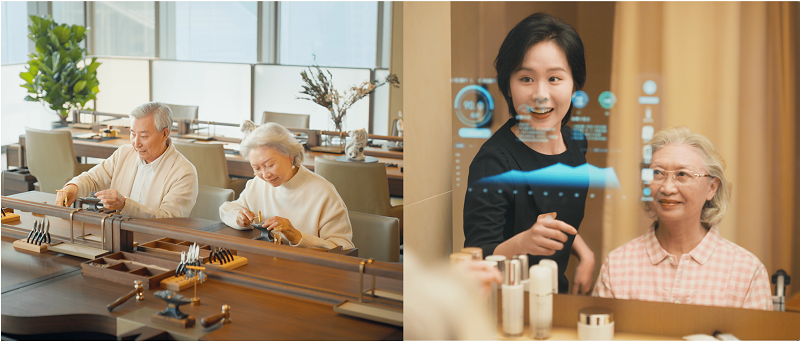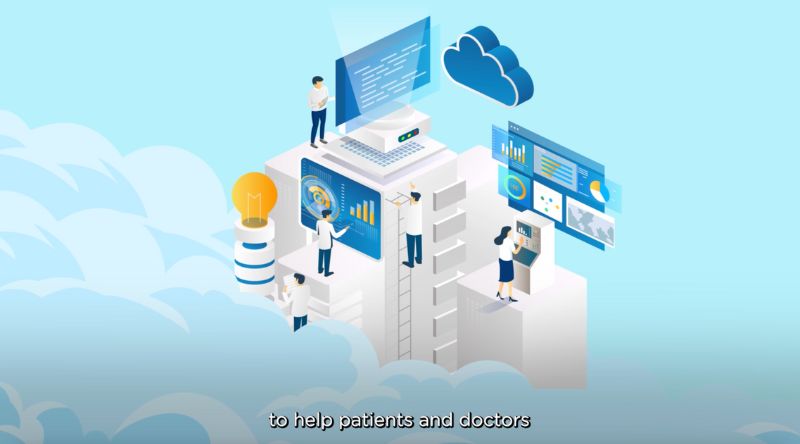In China today an average of five family members are available to look after each elderly person. This number is forecast to drop to 1.5 in the next 30 years. With rising longevity and a decline in the national birth rate meaning the country’s population is ageing.
Jessica Tan, co-chief executive of Ping An Group
“China has one of the largest and fastest-growing elderly populations in the world,” says Jessica Tan, Ping An Group co-chief executive1. The World Health Organization predicts that China’s over 60s will make up more than 28 per cent of the population by 2040, she adds.
That is about 400mn people, more than the total number in the US2. “The entire senior care industry [In China] is expected to exceed Rmb22tn [$3tn],” Tan says. “This demographic evolution raises both opportunities and challenges.”
Supporting families under pressure
Li Dou, general manager of Ping An Life’s home-based elderly care division in Shenzhen
China’s position on elderly care is often described as “9073”, with 90 per cent benefitting from home-based care, 7 per cent under community care and 3 per cent being in nursing homes3. But increasingly, says Li Dou, general manager of Ping An’s home-based elderly care division. "Elderly care in China has changed from a family matter to a national affair.”
The rapidly shrinking size of families in China means society and policymakers are now asking some big questions: Who will provide care for the burgeoning elderly? Who will pay? Who will bring together all the necessary services to make elderly care viable?
With these challenges at the forefront of policy making, the Chinese government’s most recent five-year plan proposed creating a national care service system for the elderly that coordinates home and community institutions and integrates multiple healthcare needs, enabling 24/7 customer service.
In a challenge to the private sector, Li says, China’s State Council determined that commercial insurance operations should accelerate their research and development into diversified products in the fields of homecare, community care and institutional care.
A new ecosystem to meet a new challenge

Ping An's closed loop model connects customers with insurance companies and medical service institutions, granting all stakeholders in the healthcare ecosystem easy access to one another.
In response to this challenge, Ping An has developed and launched a new “managed care model” for China that combines healthcare and financial services in a “one-stop” ecosystem. It now provides medical services to some 64% of its 229mn customers.
The new China model is similar to that of United Health Group, which is the leading managed care provider in the US with 149mn customers4. The Forbes Global 2000 rankings for 2023 claim United Health to be the largest insurance company in the world, with Ping An in second place5.
PhuaTien Beng, co-general manager, Ping An Health Management Group
According to Ping An Group co-general manager Tien Beng, Ping An — working in collaboration with New Peking University Medical Group and with the support of Ping An’s medical technology platform — has built a healthcare and elderly care network that is a closed loop of “insurance plus medical” services that can be delivered “online, to store and at home”.
“Through the membership system of family doctors,” adds Fang Weihao, chairman and chief executive of Ping An Healthcare and Technology, “we establish connections between payment parties and suppliers.”
Fang Weihao, chairman and chief executive of Ping An Healthcare Technology Co Ltd.
Fang, who heads up Ping An Health, the healthcare ecosystem flagship integrator also widely known as Ping An Good Doctor, says this practical arrangement connects life, pension and health insurance providers, banks and other financial resources with cooperating hospitals, pharmacies and healthcare and testing centres.
Ping An Health became an industry leader in this field by integrating “managed medical care, family doctor membership and O2O [online-to-offline] medical and health services".
Essentially, the company has integrated its multiple healthcare service resources, including nearly 4,000 in-house doctors, more than 50,000 contracted external doctors and six proprietary 3A/tier-3 hospitals in China. By the end of 2022, it had also partnered more than10,000 hospitals, including the top 100 hospitals and 3A hospitals in the country, more than 100,000 healthcare management institutions, and approximately 226,000 pharmacies.
One-stop care, multiple scenarios
When it comes to “insurance plus home-based elderly care”, Li says, Ping An integrates internal and external providers and offers one-stop solutions through a committed AI butler, life concierges (online) and doctor concierges. Ten key scenarios are covered, including medical care, housing, nursing, dining and entertainment.
Healthcare: a driver of value growth
Finally, it is worth noting that customers who are entitled to service benefits under the healthcare ecosystem accounts for an increasing percentage of Ping An Life’s new business. Users of the new healthcare ecosystem on average hold 3.43 contracts and Rmb55,800 in AUM.
Healthcare, in fact, has become the new driver of value growth at Ping An, which recorded nearly Rmb70bn in health insurance premium income in the first half of 2023.
Xie Guo Tong video – chief of healthcare scientist




